Divine Athens: A Journey Through History
Embark on a free walking tour exploring Athens' rich tapestry of ancient Greek religion, architecture, and culture. Discover the stories behind each landmark.
Time
3 Hours
Stops
9 Places
Distance
3.5 km
Acropolis of Athens
Begin your exploration of ancient Greek religion at the Acropolis, the most iconic symbol of Athens, where the Parthenon temple dedicated to Athena stands.
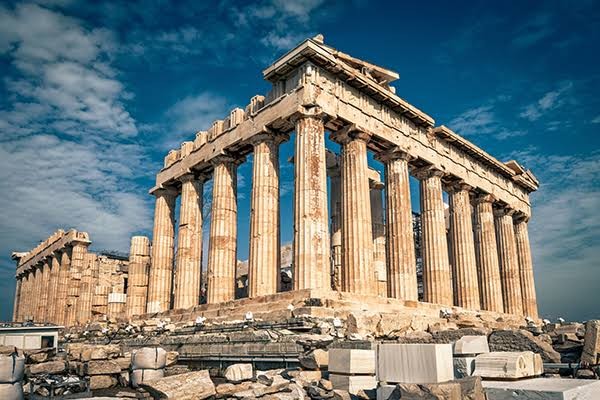
Acropolis of Athens (Source: Google Maps)
The Acropolis of Athens is a UNESCO World Heritage site and a symbol of ancient Greek civilization. It features the Parthenon, a temple dedicated to the goddess Athena, constructed in the 5th century BCE. This architectural marvel exemplifies classical Greek architecture with its Doric columns and intricate sculptures. The Acropolis served as a religious center and a fortress, showcasing the power and culture of Athens during its golden age. Visitors can explore the sacred site that housed various temples and altars, reflecting the devotion of the Athenians to their gods. Its historical significance is immense, marking the achievements in art, philosophy, and democracy that have influenced Western civilization. Today, the Acropolis remains a focal point for visitors, offering breathtaking views of the city and insights into ancient Greek religion.
Theatre of Dionysus
Just a short walk down from the Acropolis, visit the Theatre of Dionysus, the birthplace of Greek drama and a significant site in the worship of Dionysus, the god of wine and theatre.
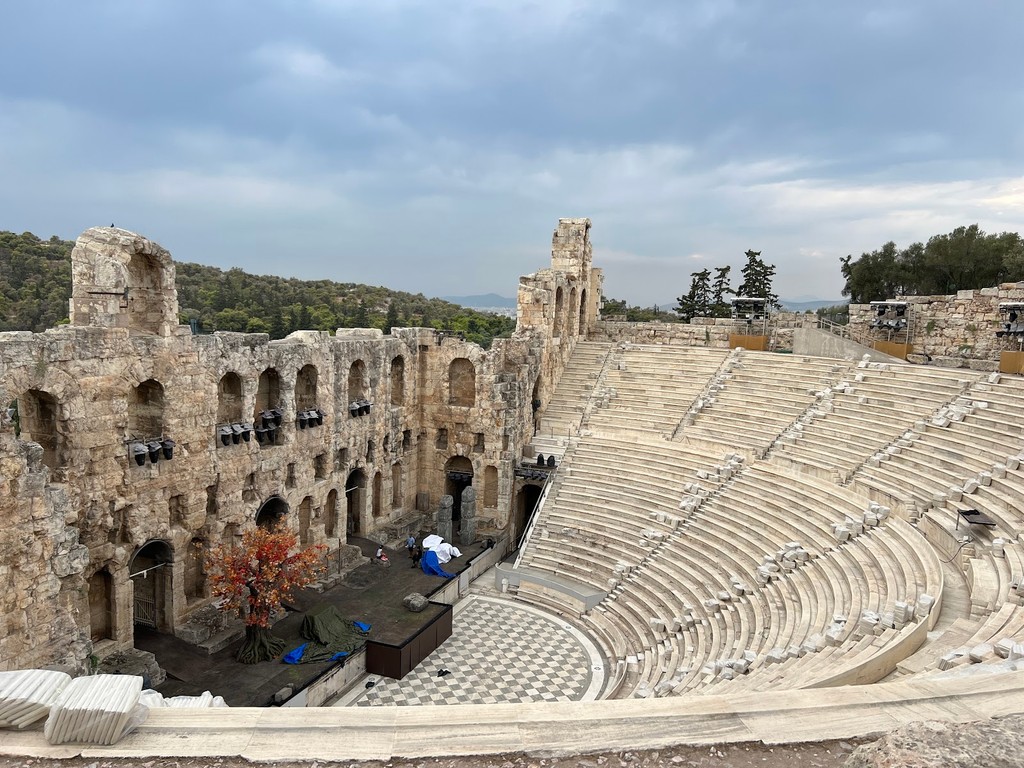
Theatre of Dionysus (Source: Google Maps)
The Theatre of Dionysus is considered the birthplace of Greek drama and a significant site in the worship of Dionysus, the god of wine and theatre. Dating back to the 6th century BCE, it was the first stone theatre in the world and could accommodate up to 17,000 spectators. The theatre was the venue for the performance of tragedies and comedies during festivals held in honor of Dionysus, showcasing the works of playwrights like Aeschylus, Sophocles, and Euripides. The structure featured a semi-circular orchestra where the chorus performed, and a stage where actors presented their plays. Its design and acoustics influenced the architecture of theatres for centuries. The Theatre of Dionysus not only played a vital role in the cultural life of Athens but also laid the foundation for modern theatre, highlighting the importance of storytelling and performance in ancient Greek society.
Arch of Hadrian
Near the Temple of Olympian Zeus, admire the Arch of Hadrian, a monumental gateway that marked the boundary between the old city of Athens and the new Roman city.
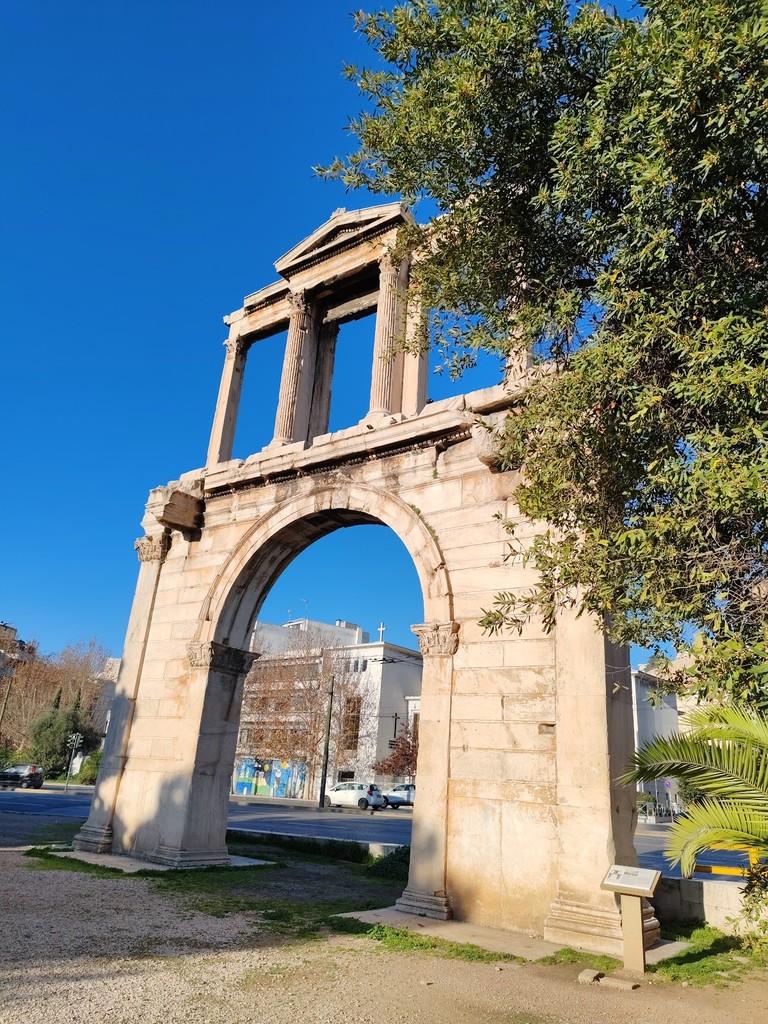
Arch of Hadrian (Source: Google Maps)
The Arch of Hadrian, built in 131 CE, is a monumental gateway that marked the boundary between the old city of Athens and the new Roman city, symbolizing the cultural shift under Roman rule. This impressive structure features a combination of Corinthian columns and intricate reliefs, reflecting Roman architectural styles blended with Greek elements. The arch was dedicated to Emperor Hadrian, who was known for his support of Athens and its cultural heritage. Inscribed with the words 'This is Athens, the ancient city of Theseus,' the arch serves as a reminder of Athens' glorious past while embracing its new identity under Roman influence. It stands as a testament to the architectural prowess of the time and offers insights into the relationship between the ancient Greeks and Romans. Today, the Arch of Hadrian remains a popular landmark, attracting visitors who admire its historical significance and beauty.
Temple of Olympian Zeus
Continue to the Temple of Olympian Zeus, one of the largest temples in ancient Greece, dedicated to the king of the Olympian gods.
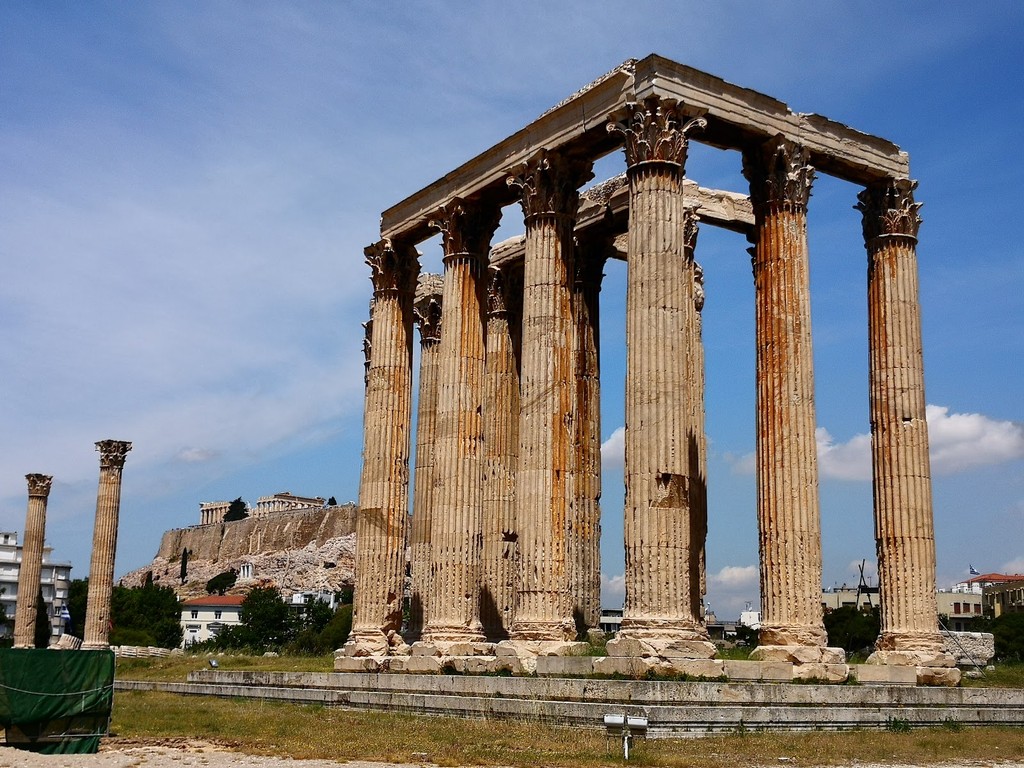
Temple of Olympian Zeus (Source: Google Maps)
The Temple of Olympian Zeus, also known as the Olympieion, is one of the largest temples in ancient Greece, dedicated to Zeus, the king of the Olympian gods. Construction began in the 6th century BCE but was not completed until the 2nd century CE during the reign of the Roman Emperor Hadrian. Originally, the temple featured 104 colossal Corinthian columns, of which only 15 remain standing today. The grandeur of the temple exemplified the power and influence of Athens, serving as a place of worship and a symbol of the city's devotion to its deities. The temple's architectural design was innovative for its time, and it housed a massive statue of Zeus made of ivory and gold, created by the renowned sculptor Phidias. The site also reflects the cultural exchange between the Greeks and Romans, showcasing the architectural styles and religious practices of both civilizations. Visitors can explore the ruins and appreciate the historical importance of this monumental structure.
Zappeion Hall
Located within the National Garden, the Zappeion Hall is a neoclassical building used for conferences and exhibitions, showcasing Greek culture and history.
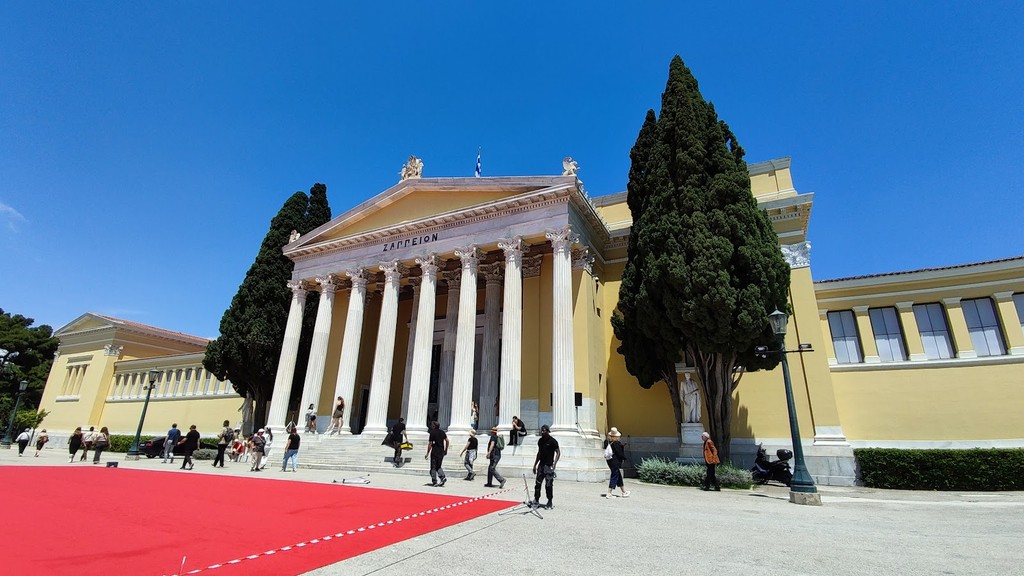
Zappeion Hall (Source: Google Maps)
Zappeion Hall is a neoclassical building located within the National Garden of Athens, constructed in the 19th century to host the first modern Olympic Games in 1896. Named after Evangelos Zappas, a Greek benefactor who funded its construction, the hall serves as a venue for conferences, exhibitions, and cultural events, showcasing the rich history and culture of Greece. Its architectural design features a striking portico with tall columns and a beautifully landscaped garden, making it a popular spot for both locals and tourists. The Zappeion Hall is significant not only for its role in the Olympic Games but also for its contribution to the revival of the Olympic spirit in the modern era. Today, it stands as a symbol of Greece's commitment to preserving its heritage while embracing contemporary culture, providing a picturesque setting for various events and celebrations.
Panathenaic Stadium
Visit the Panathenaic Stadium, an ancient stadium that hosted the first modern Olympic Games in 1896 and is a tribute to the athletic spirit of Greece.
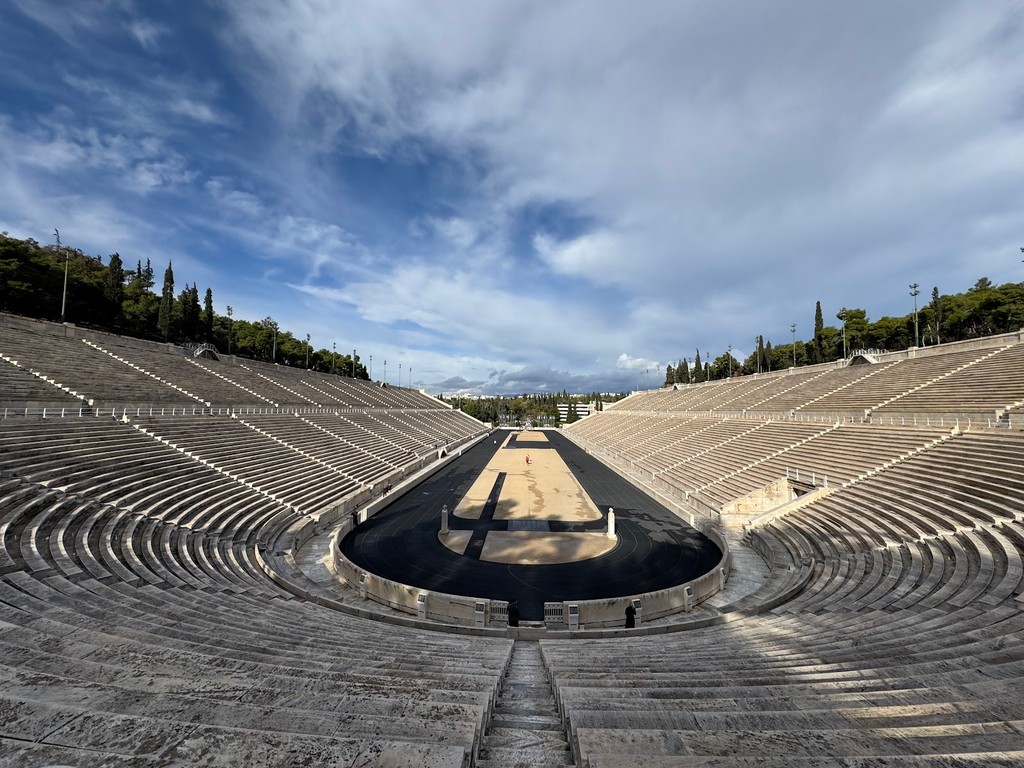
Panathenaic Stadium (Source: Google Maps)
The Panathenaic Stadium, also known as Kallimarmaro, is a historic stadium that hosted the first modern Olympic Games in 1896. Built on the site of an ancient stadium from the 4th century BCE, it was reconstructed using white marble, making it unique in the world of sports architecture. The stadium could accommodate around 80,000 spectators and is considered a masterpiece of ancient Greek engineering. It was originally used for the Panathenaic Games, a festival held in honor of Athena, featuring athletic competitions and cultural events. The stadium's significance extends beyond sports; it symbolizes the revival of the Olympic Games and Greece's cultural heritage. The Panathenaic Stadium remains an iconic landmark, attracting visitors who can walk on its historic grounds and appreciate the blend of ancient tradition and modern athletic spirit.
National Garden of Athens
Stroll through the National Garden, a serene escape in the heart of Athens, offering a pleasant walk amidst lush greenery and historic ruins.
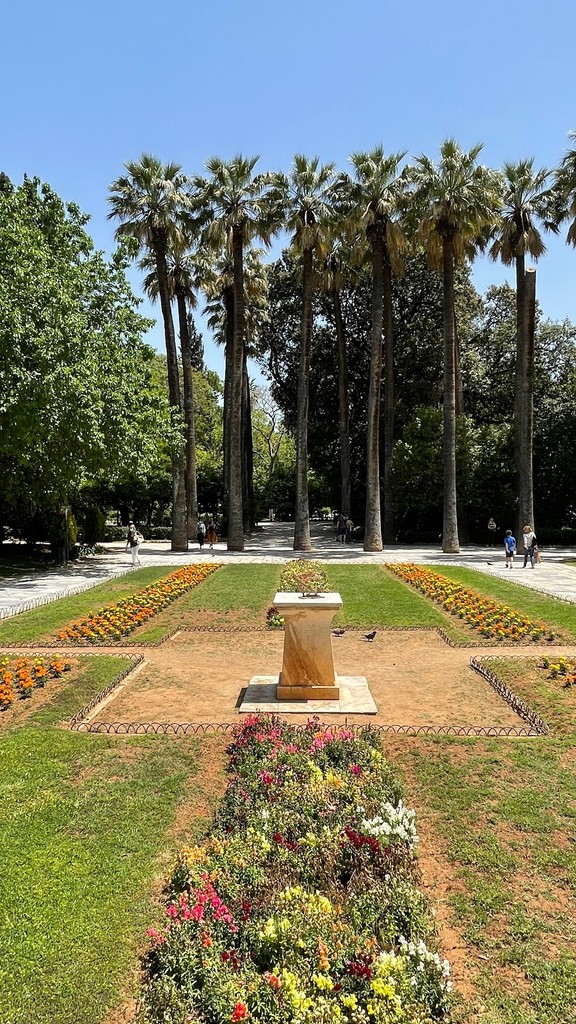
National Garden of Athens (Source: Google Maps)
The National Garden of Athens is a serene oasis in the heart of the city, spanning over 15 hectares. Established in the 19th century, it features a variety of plants, trees, and flowers, providing a peaceful escape from the urban environment. The garden is home to several archaeological ruins, including ancient columns and remnants of classical structures, offering visitors a glimpse into the rich history of Athens. Walking paths wind through the lush greenery, making it a popular spot for both locals and tourists. The National Garden also houses a small zoo, a playground, and a pond, enhancing its appeal as a recreational area. It serves as a venue for cultural events and exhibitions, showcasing Greek art and history. The garden's tranquil atmosphere and historical significance make it a perfect place to relax and reflect on the beauty of Athens.
Byzantine and Christian Museum
Explore the Byzantine and Christian Museum to delve into the religious art and artifacts from the Byzantine era, offering insight into the Christian influence in Greece.
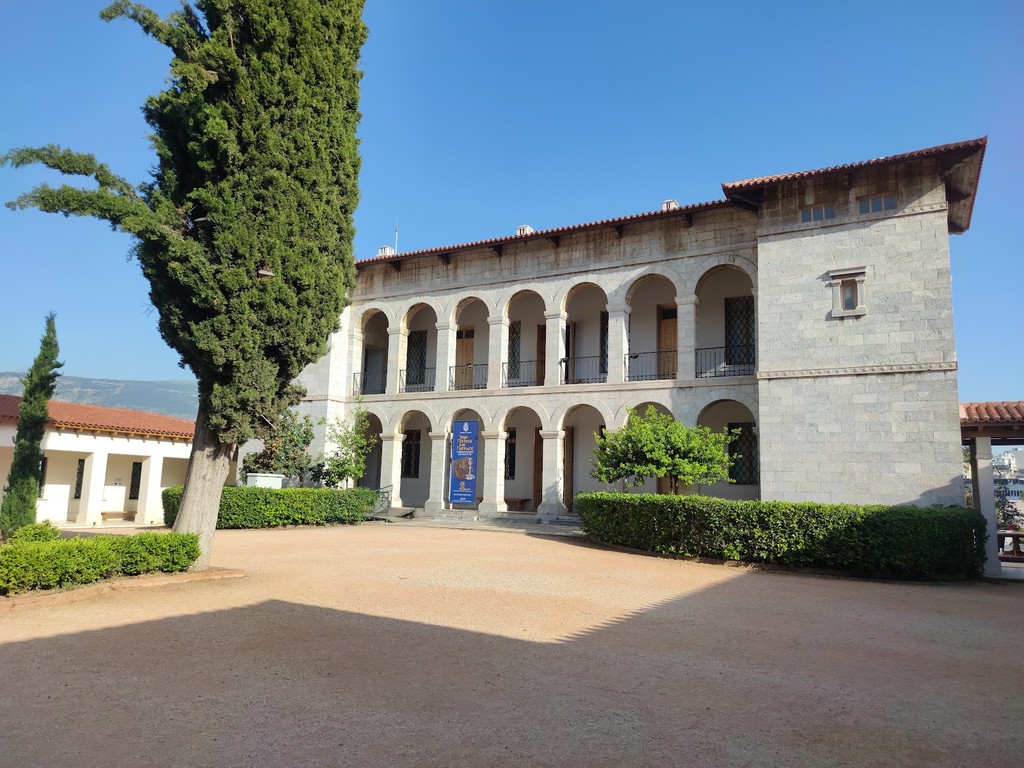
Byzantine and Christian Museum (Source: Google Maps)
The Byzantine and Christian Museum is a premier cultural institution in Athens, dedicated to preserving and showcasing the rich heritage of Byzantine and Christian art and artifacts. Established in 1914, the museum houses an extensive collection of over 25,000 items, including paintings, sculptures, manuscripts, and textiles, spanning from the 3rd to the 20th century. The museum's exhibits provide insight into the religious and cultural influences that shaped Greece during the Byzantine era, highlighting the development of Christian art and its impact on Greek identity. Visitors can explore beautifully curated galleries that feature masterpieces from renowned artists, as well as lesser-known works that reflect the diversity of religious expression. The museum also hosts temporary exhibitions, educational programs, and cultural events, making it a vibrant center for learning and appreciation of Byzantine heritage. It stands as a testament to Greece's rich artistic and spiritual history.
Kolonaki Square
Conclude your tour at Kolonaki Square, a vibrant area with cafes and shops, perfect for a relaxing coffee break or a light snack as you reflect on your journey through Athens.
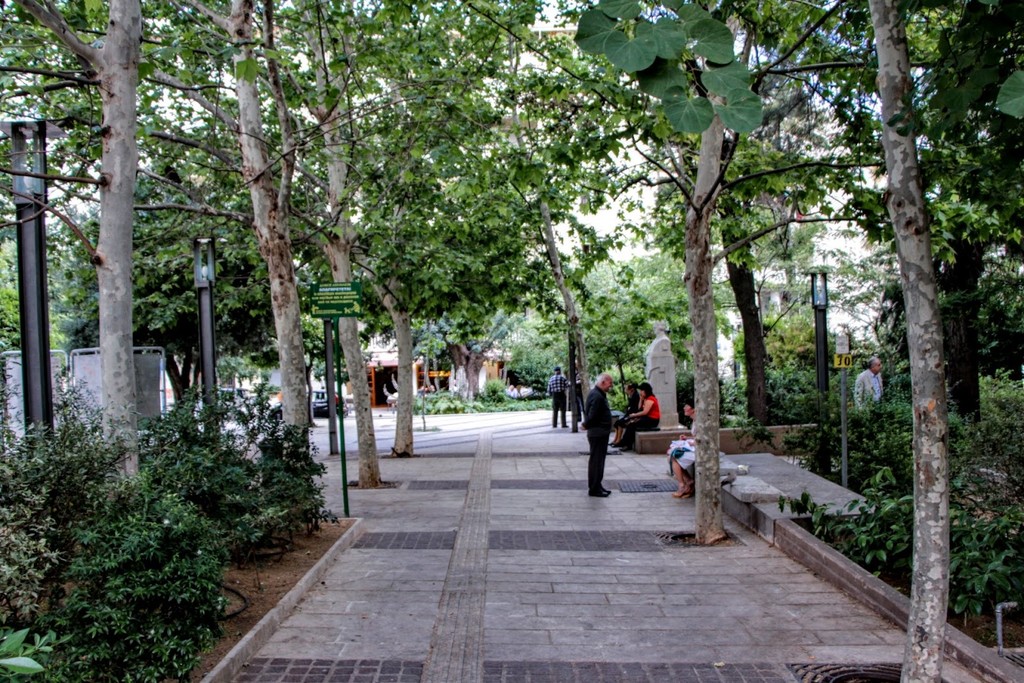
Kolonaki Square (Source: Google Maps)

Your travels, your rules.
Create your own Free Walking Tours.
Set your preferences, distances and anything you want to do or see.
Completely free, no payment required.